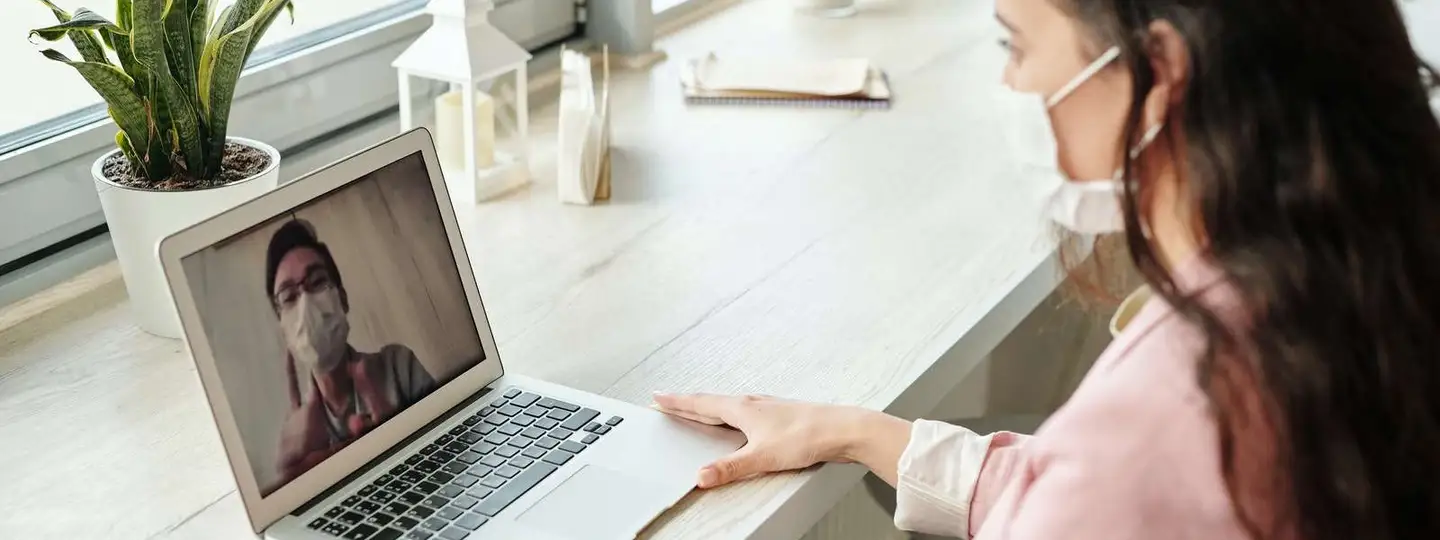COVID-19 has been identified as a respiratory illness that can be spread through contact with infected people and infected surfaces. Fear, stigma, and discrimination have arisen in light of international spread. However, with an informed workforce, transmission in the workplace can be reduced to protect the health of workers and experience minimal disruptions to regular operations.
Reduce the spread of disease among your employees.
- If an employee reports any symptoms, including cough, shortness of breath, or fever, he should stay home and communicate to his supervisor.
- Employees who are sick should stay home until a full three days (72 hours) have passed following recovery from symptoms. In addition, employees should not return to work until a full seven days have passed from the first day symptoms appeared.
- If employees live with someone who is infected with COVID-19, they should ensure the sick person avoids sharing common household items and keeps a cloth covering over his face. Employees should wash their hands regularly for at least 20 seconds after interacting with the sick individual.
Take steps to protect workers from exposure.
Identify potential hazards to determine whether workers may encounter someone who has been infected with COVID-19. In addition, review processes to determine if worksites or work materials may be contaminated with the virus. Make adjustments as necessary to reduce worker risk for exposure.
Keep an eye on employees, whenever possible, to identify any signs or symptoms of illness to reduce exposure risks for other workers in the same location. For employees who have a higher risk for becoming seriously ill, minimize face-to-face contact by adjusting their duties and creating additional space in their work area to maintain six feet of distance from others.
Educate your employees.
- Ensure employees know to stay home if they are sick.
- Request employees to notify their supervisor if they are caring for a sick person at home.
- Encourage employees to wash their hands regularly with soap and water or use a hand sanitizer with at least 60% alcohol.
- Remind employees to keep hands from touching their face, especially mouth, nose, and eyes.
- Encourage employees to cover their mouths or sneeze into their elbows if coughing or sneezing. Have them wash their hands immediately after.
- Clean and disinfect any objects that are frequently touched, including keyboards, phones, pens, and doorknobs.
- Ask employees to stay in their own workstations and not share tools and equipment whenever possible.
- Keep employees from gathering in large groups and encourage social distancing.
Appoint a workplace coordinator.
The coordinator should be responsible for any COVID-19 related issues that affect the workplace.
Incorporate flexibility with sick leave and other policies.
- Ensure all employees clearly understand sick leave policies.
- Consider allowing employees to work from home or work remotely where possible.
- Incorporate flexibility with employees who need to care for a sick family member or need to take care of children due to school and childcare facility closures.
- Consider providing advances for sick leave and allow employees to donate sick leave to one another.
- If you do not currently have a sick leave policy in place, draft an “emergency sick leave” policy so employees know what their options are.
- Do not require sick employees to provide a positive COVID-19 result to validate their illness. Allow them to stay home as needed and return to work only after symptoms have subsided for at least 72 hours.
- Consider moving meetings to video meetings, even if team members are in the same building.
Review essential business practices.
- Review any operations critical to your community and identify alternative suppliers if needed.
- Identify non-essential functions and temporarily suspend them to protect your workers.
- If you hire contract or temporary employees, speak with their companies to ensure sick policies are well communicated and implemented so sick individuals stay home.
Develop a response plan.
If you do not already have a response plan for infectious disease preparedness, create one.
Stay on top of guidance received from federal and state health agencies and adjust your plan to account for any new information and best practices. Ensure your plan accounts for risk levels across different workers, such as:
How and where workers may be exposed to the virus, including:
- Co-workers and customers.
- Healthcare workers who have known exposure.
- Any sick individuals at home or in the community.
- Consider workers’ risk factors, including age and chronic medical conditions.
- Implement controls as necessary to address these risks.
Communicate with business partners about your response plan. Share best practices with one another.
Encourage social distancing.
- Whenever possible, stagger work shifts to reduce worker to worker exposure.
- Downsize operations, if possible, to keep employees from being together indoors.
- Move to remote delivery of services.
- Cross-train workers to continue operations when downsizing your workforce.
Support good hygiene practices.
- Encourage regular and thorough hand washing.
- Provide workers and customers with access to soap and water or hand sanitizer with at least 60% alcohol.
- Talk to employees and advise them to stay home if they are not feeling well.
- Explain respiratory etiquette so workers cover their sneezes and coughs.
- Provide sufficient trash receptacles and tissues for use by workers and customers.
- Discourage employees from sharing office spaces and objects.
Clean and disinfect regularly.
Incorporate regular housekeeping duties, including cleaning and disinfecting surfaces and equipment.
- Use cleaning chemicals approved by the Environmental Protection Agency (EPA).
Quickly identify and isolate workers who are sick.
- Promptly identify sick workers to protect customers and other employees.
- Encourage employees to self-monitor for signs and symptoms of illness.
- Develop a policy for reporting COVID-19 symptoms.
- When appropriate, isolate people who have signs of symptoms of COVID-19.
- Create an isolation room where sick people can be moved if ill.
- Provide face masks if possible.
- Restrict access to isolation rooms.
- Actively urge sick workers to stay home.
Address employee concerns.
Workers may have questions and concerns about their safety, health, pay, and sick leave. Provide adequate training and educate employees about essential duties and proper hygiene practices. Employees who are provided with information can make better decisions to protect themselves and others in their work environment.
Disclaimer: At the time this article was written, all information listed is true and correct. However, the tips listed above are not medical advice.
To obtain the latest information on protecting yourself and your workers, refer to the CDC prevention guidelines here.





